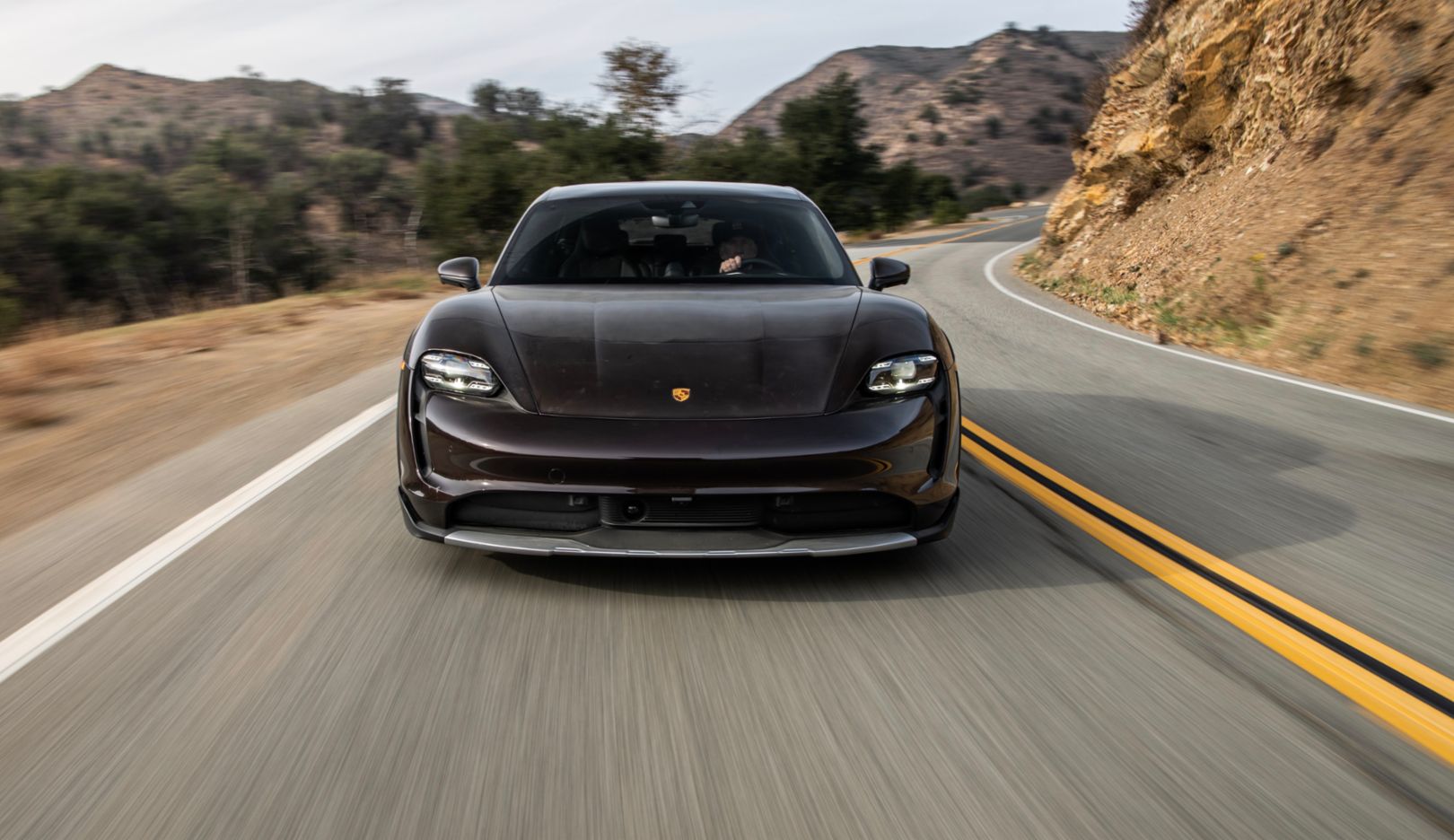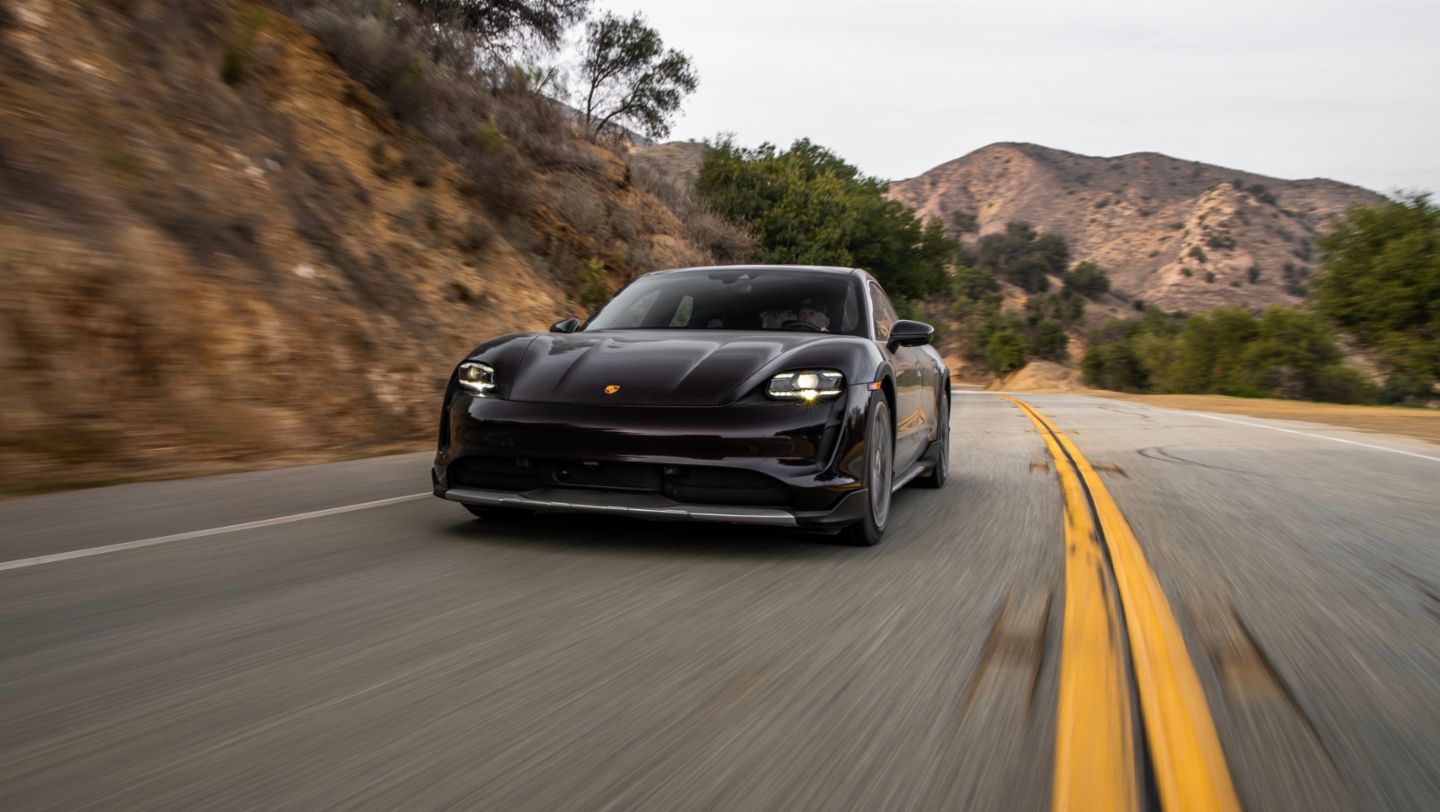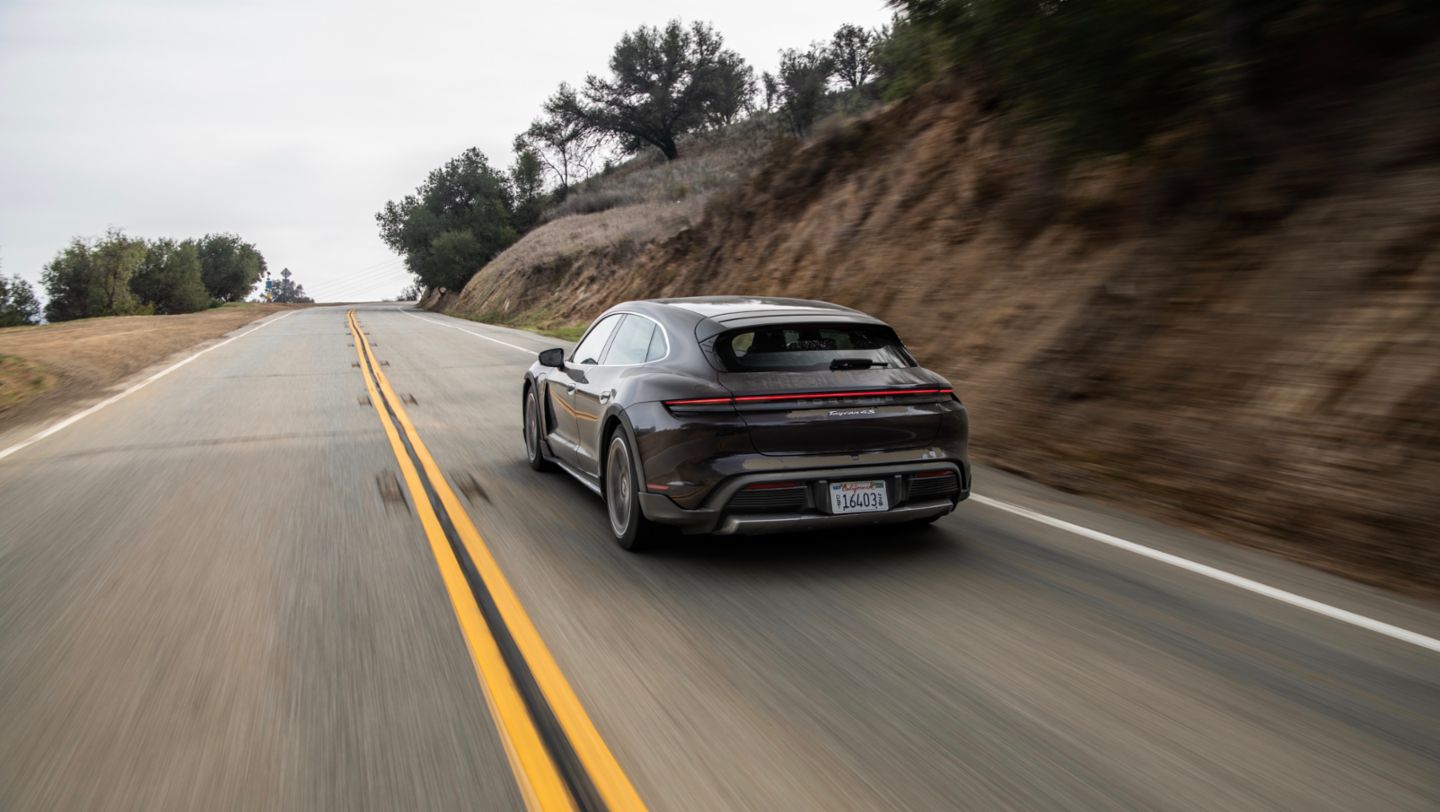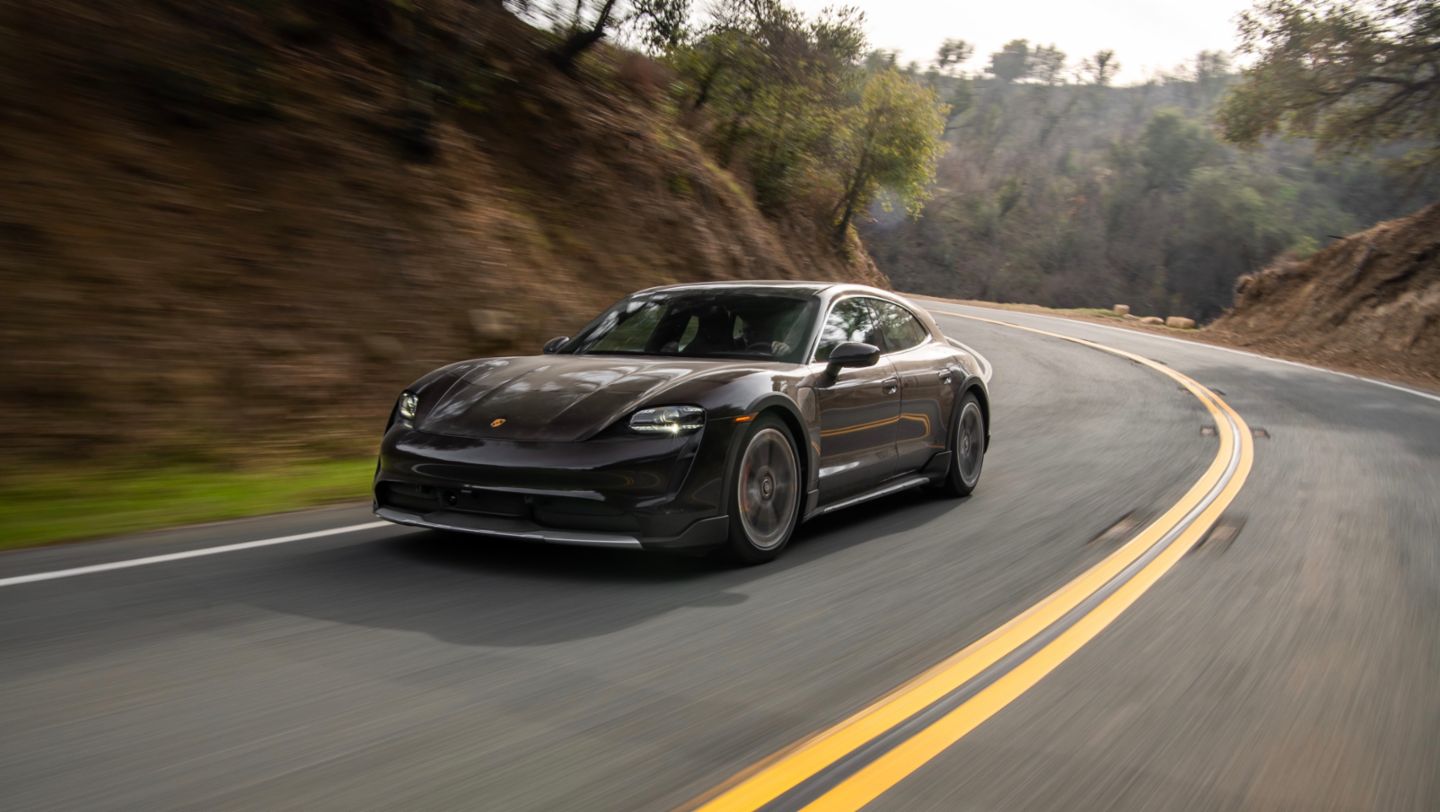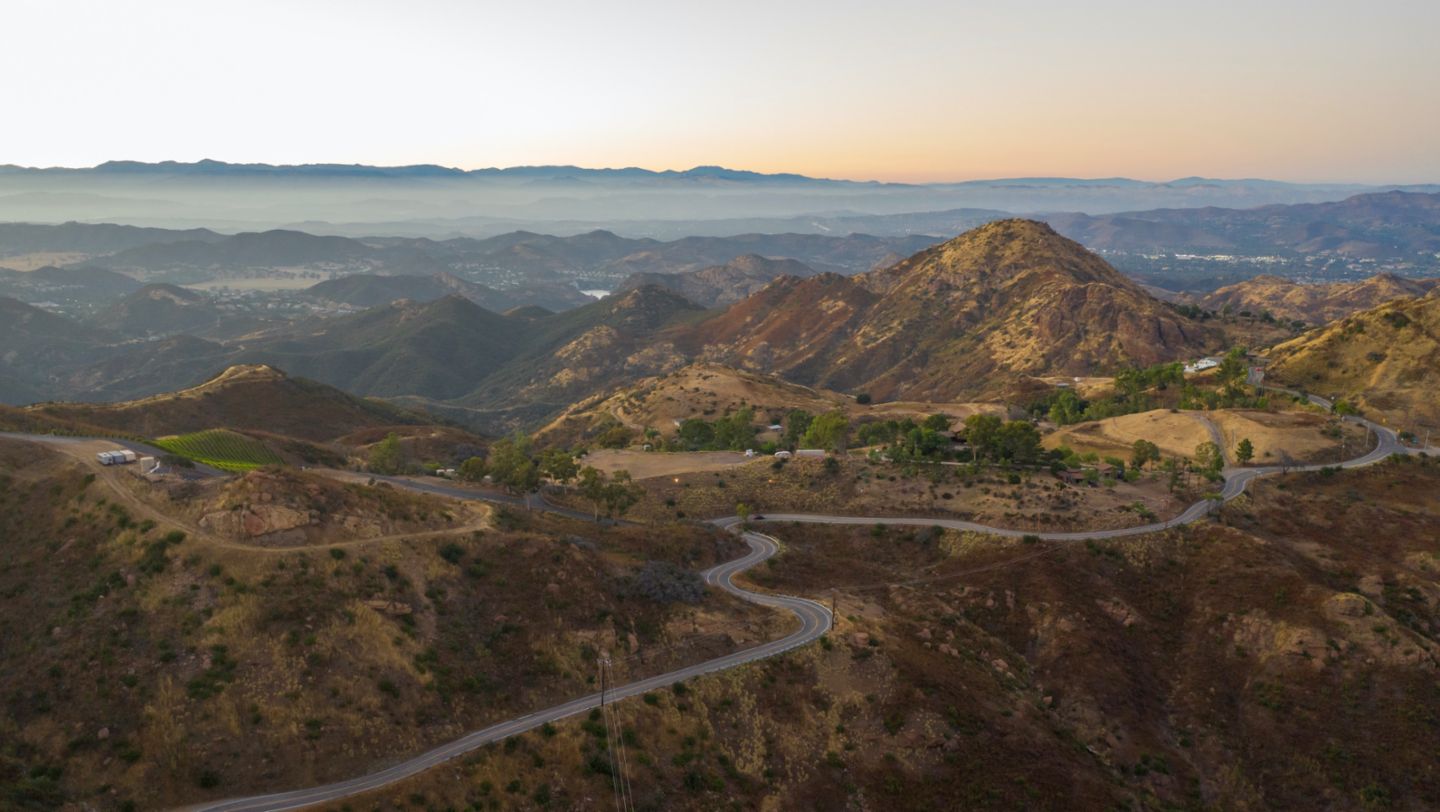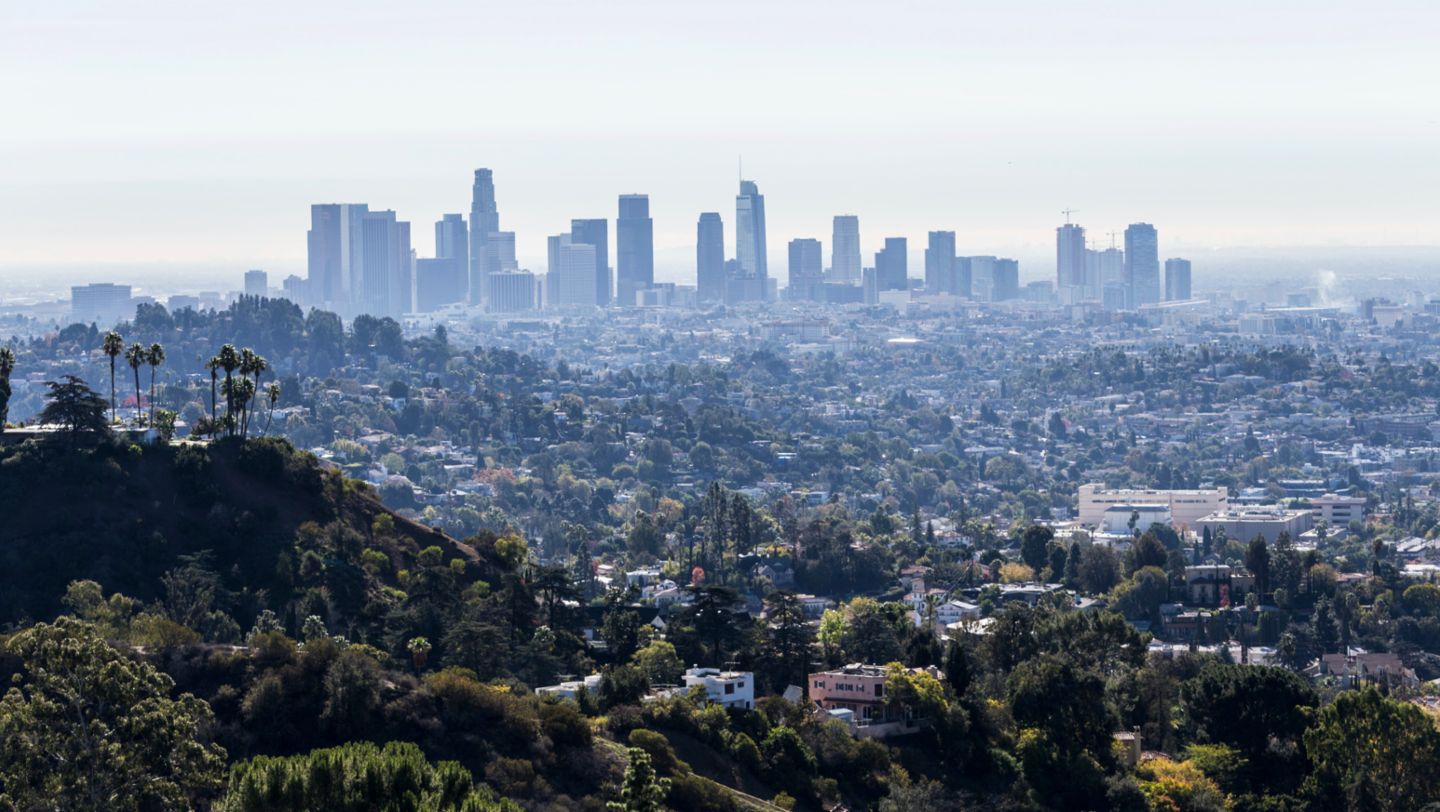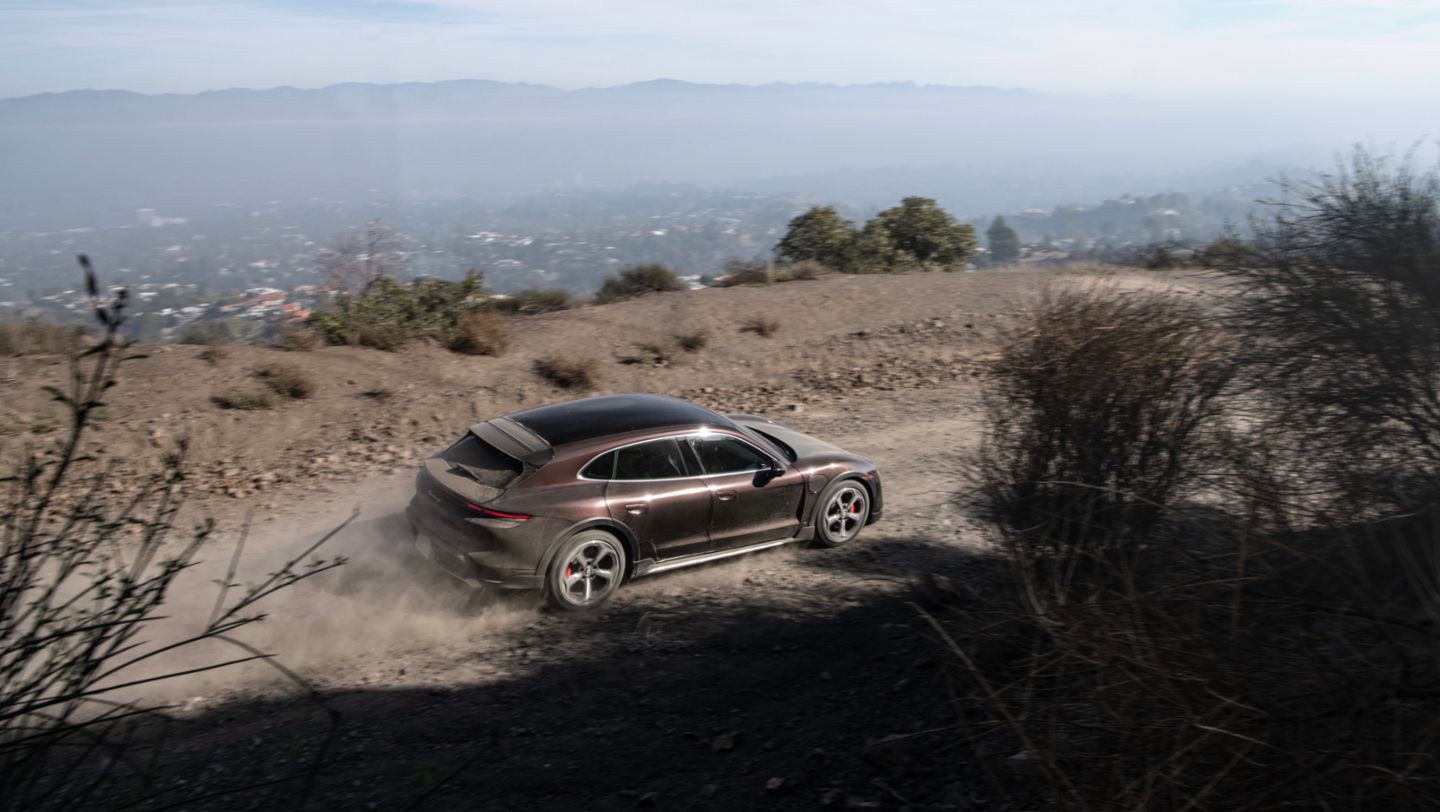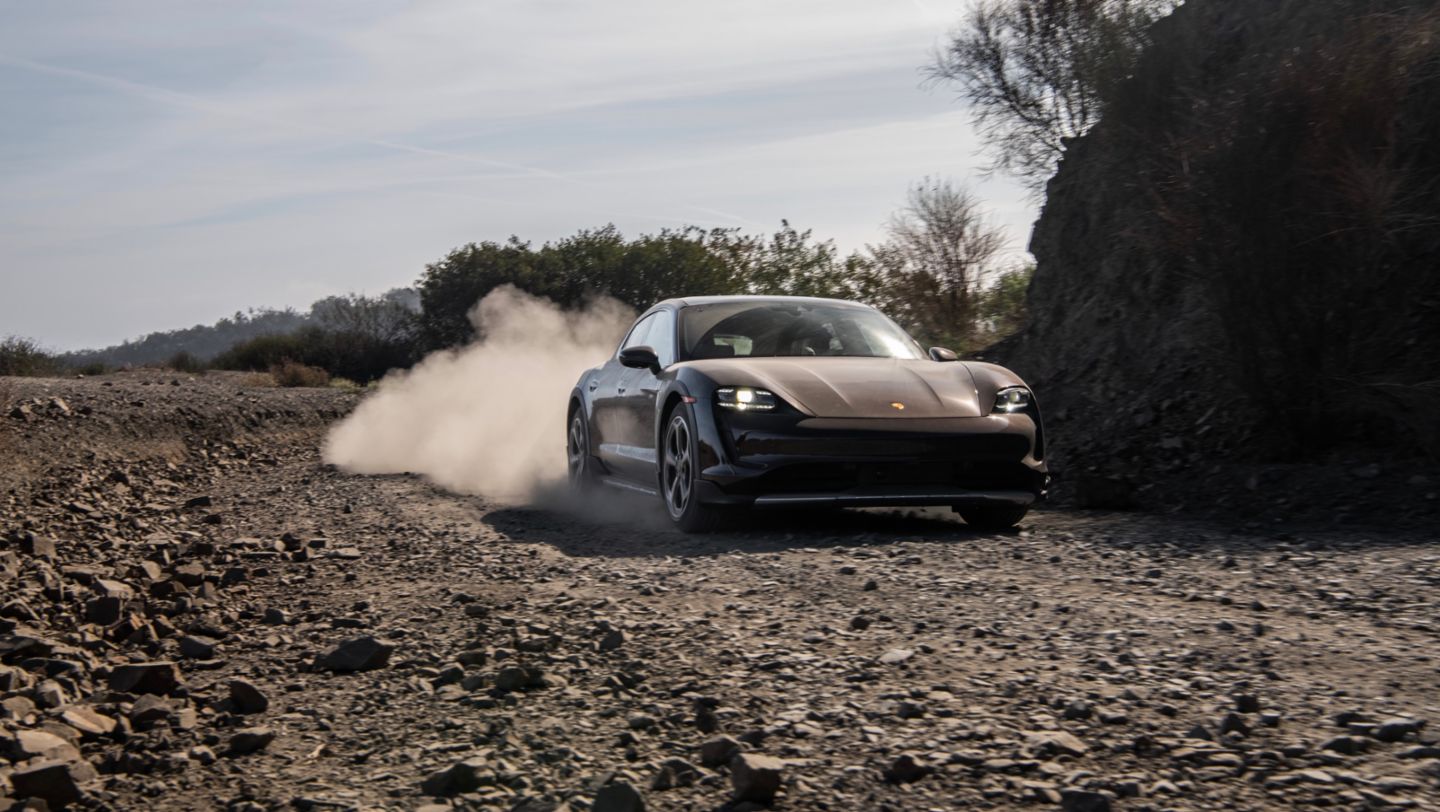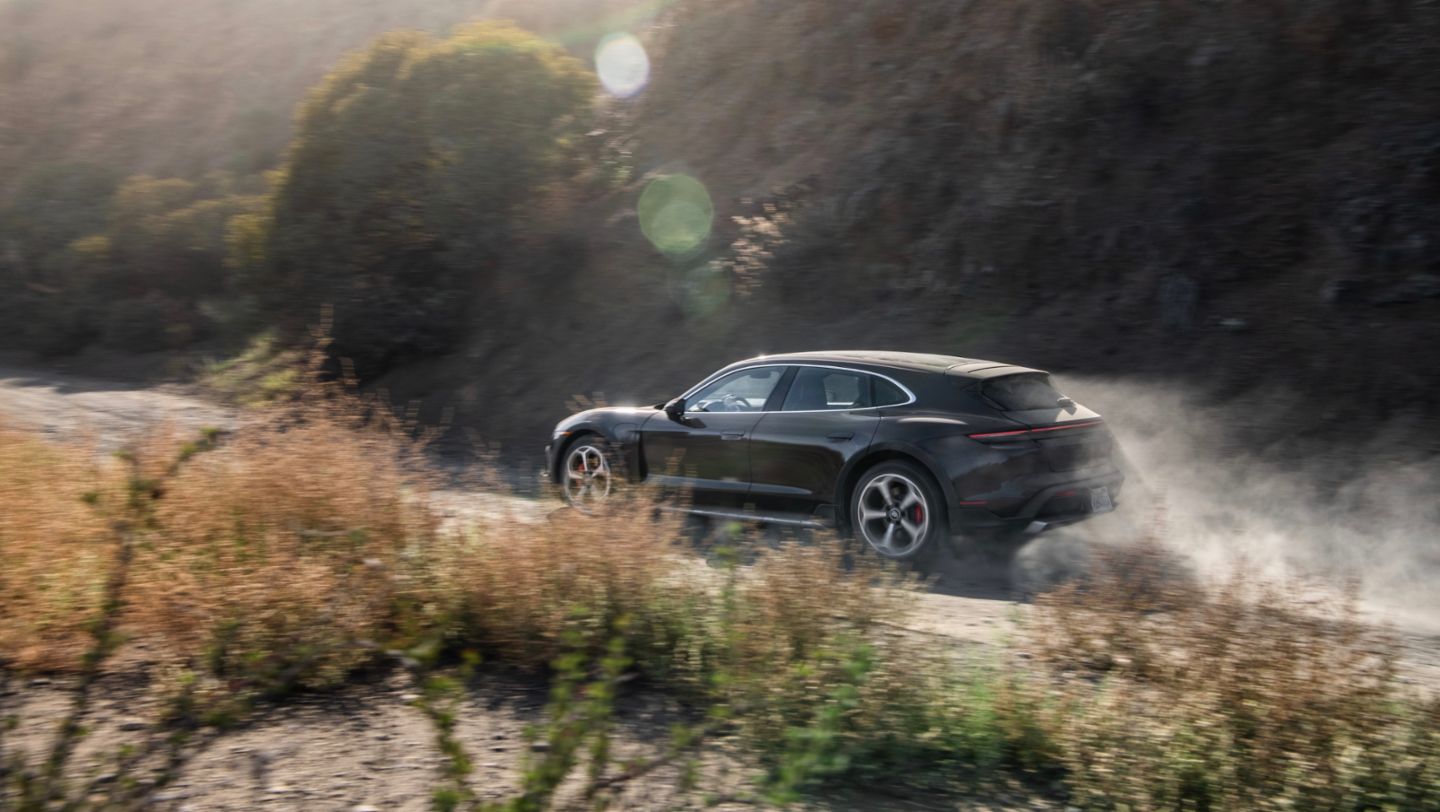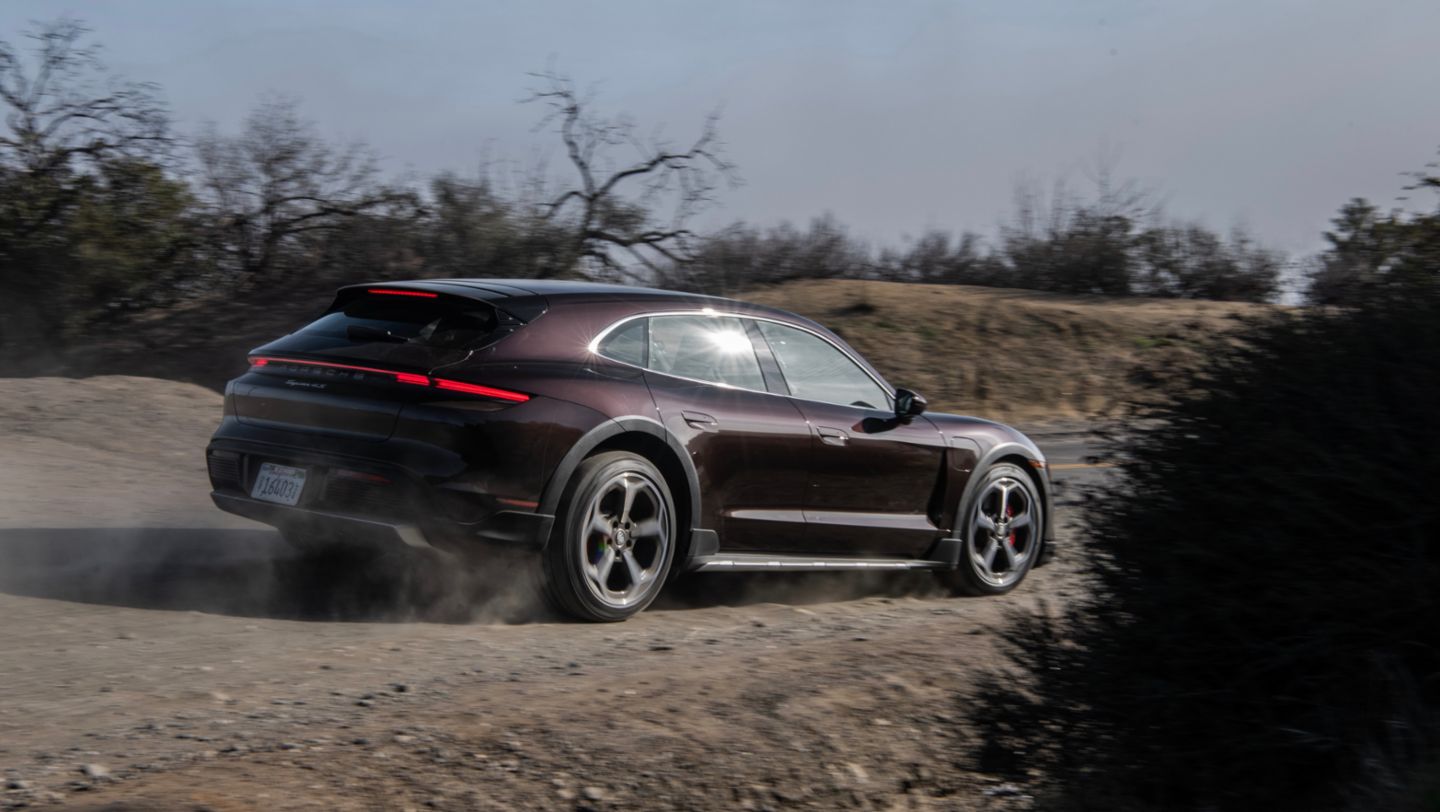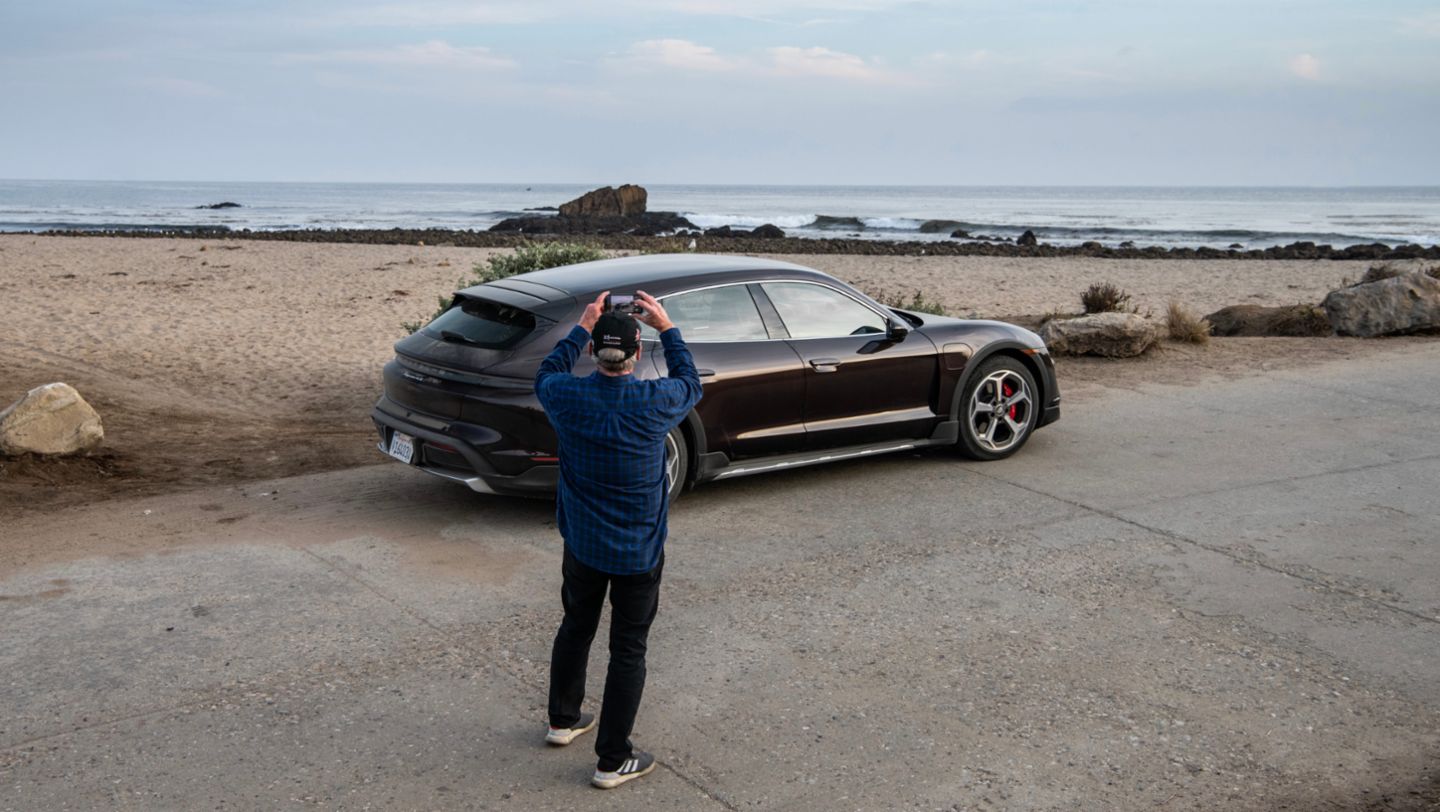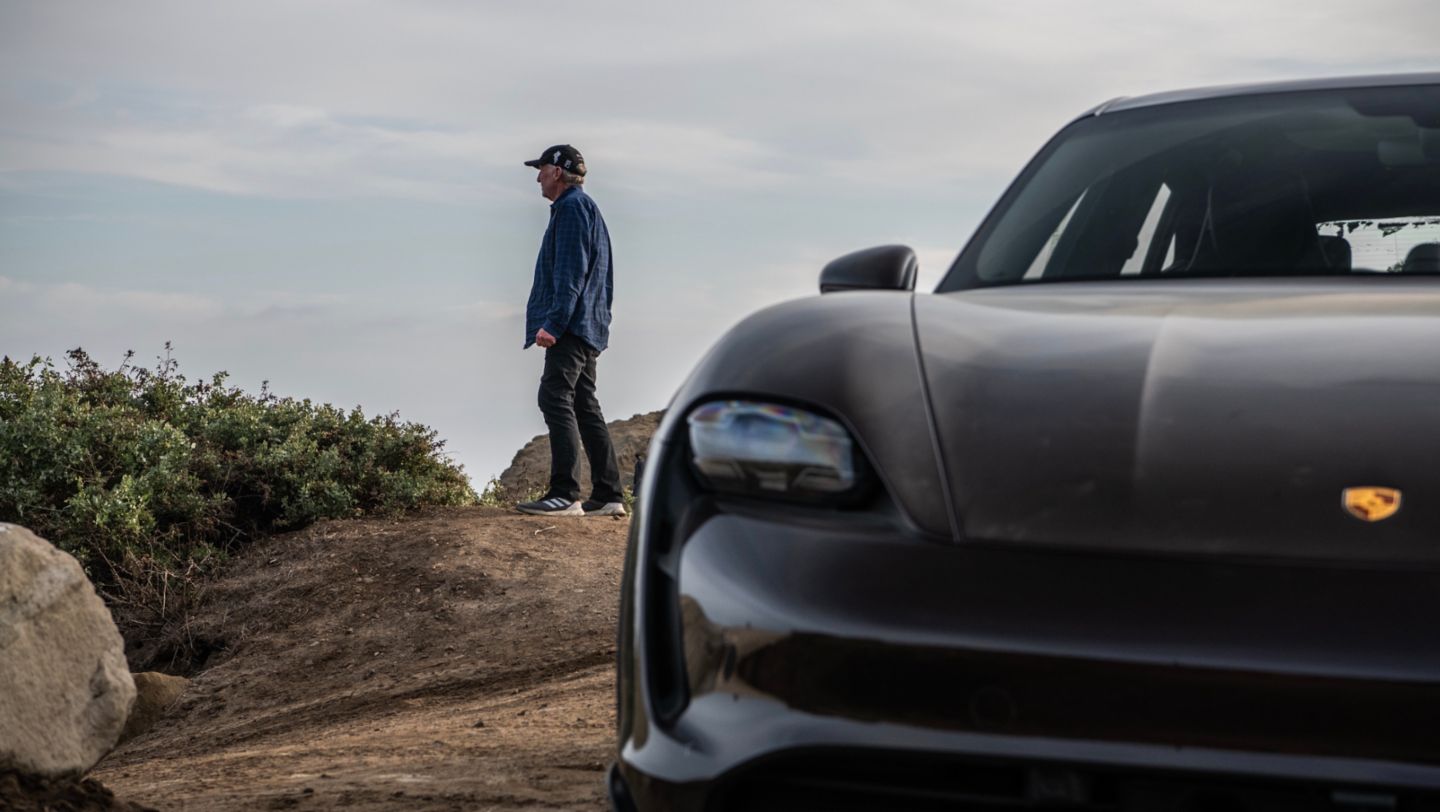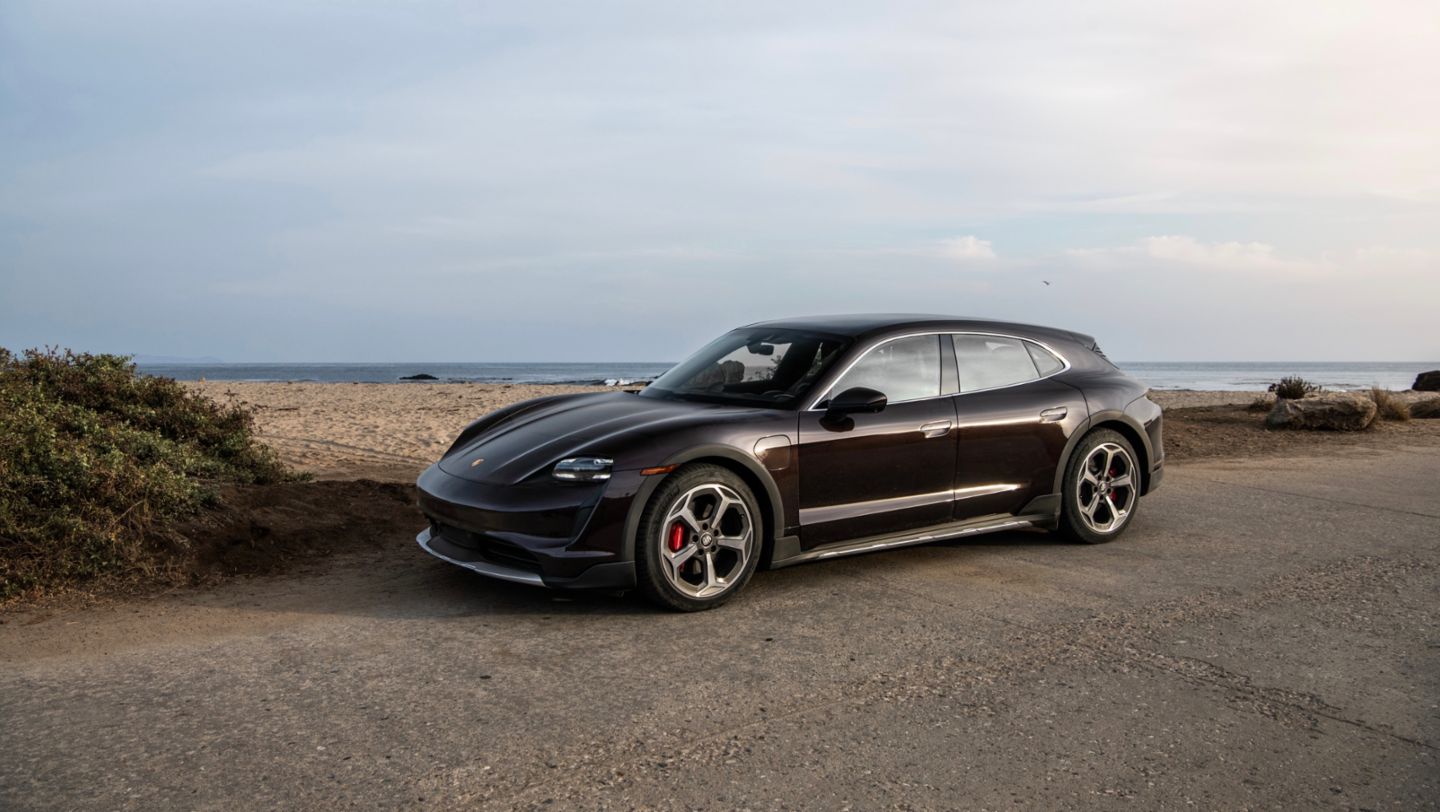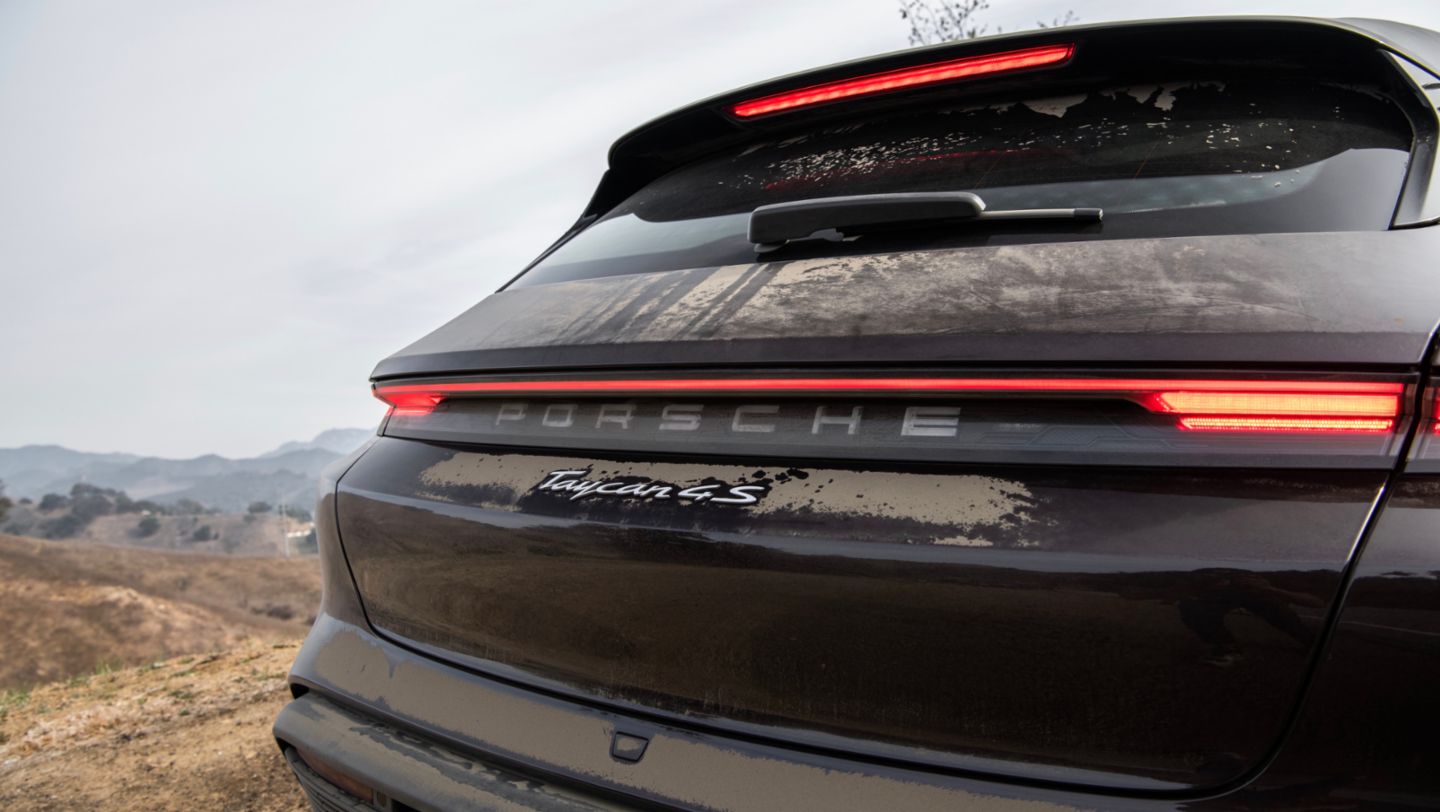From the Hollywood sign in the east to the twinkling Pacific Ocean in the west, Mulholland Drive runs for 80 long, snaking kilometres through the Hollywood Hills and Santa Monica Mountains. Made famous by the movies, home to the stars, and with a secret history of outlaw racing, Mulholland also has a special place in the Californian story of Porsche.
It is a story few people know better than Jeff Zwart. Born in Long Beach – not far from Mulholland – Zwart learned to drive in his father’s 1964 Porsche 901. In high school, he saved up enough money to buy a yellow Porsche 914/6, and eventually went on to race Porsche cars with prolific success, as well as filming and photographing them as the director of the most memorable Porsche adverts of recent decades. “As a kid, my dad would say we should go up on Mulholland and see what’s up there,” he says. “People like Steve McQueen and James Dean, they all came up here – often in their Porsches. There was a bit of folklore about it.”
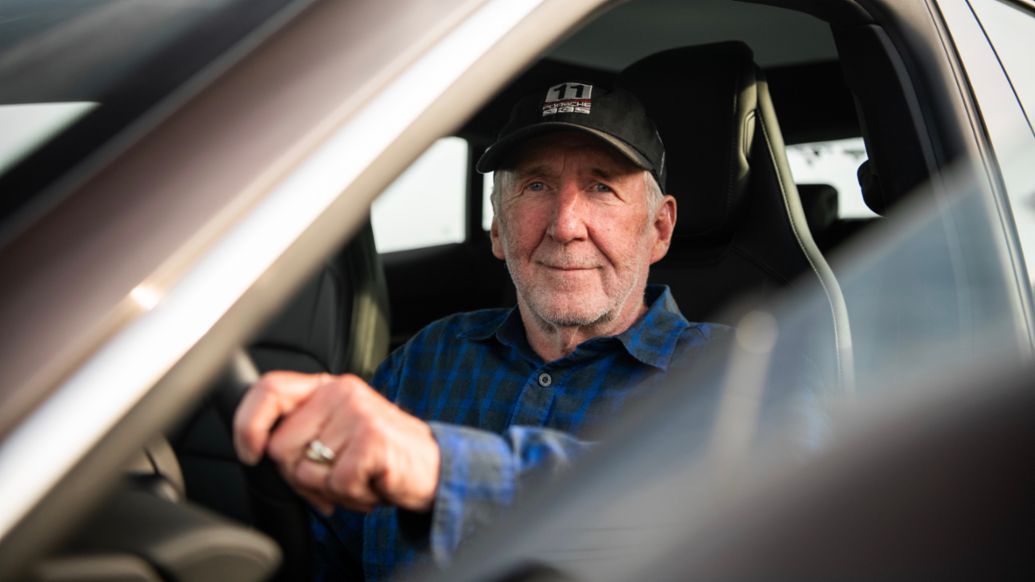
Opened in 1924, the road was named after pioneering engineer William Mulholland – the man whose reservoirs and aqueducts brought water to the city of Los Angeles. Some say the road was built purely as a recreational route, designed for drivers with kilometre after kilometre of tight bends, enticing curves and challenging switchbacks.
Mulholland Specials
From the 1950s to the 1970s, Mulholland became a mecca for street racers. Unofficially they called it ‘Mulholland Raceway – The Largest Amateur Road Race Course’. They named the corners too, including Deadman’s Curve, Grandstands and Chicanes. People created ‘Mulholland Specials’ – cars built and tuned specifically for these twists and turns. And Porsche models, especially the 911, were always a favourite with Mulholland’s faithful. They still are. Eventually – and because this was always an open, public road – the police put an end to the clandestine racing scene, but that didn’t stop people heading there for a fast blast. Racing or not, Mulholland is where drivers really learned to drive.
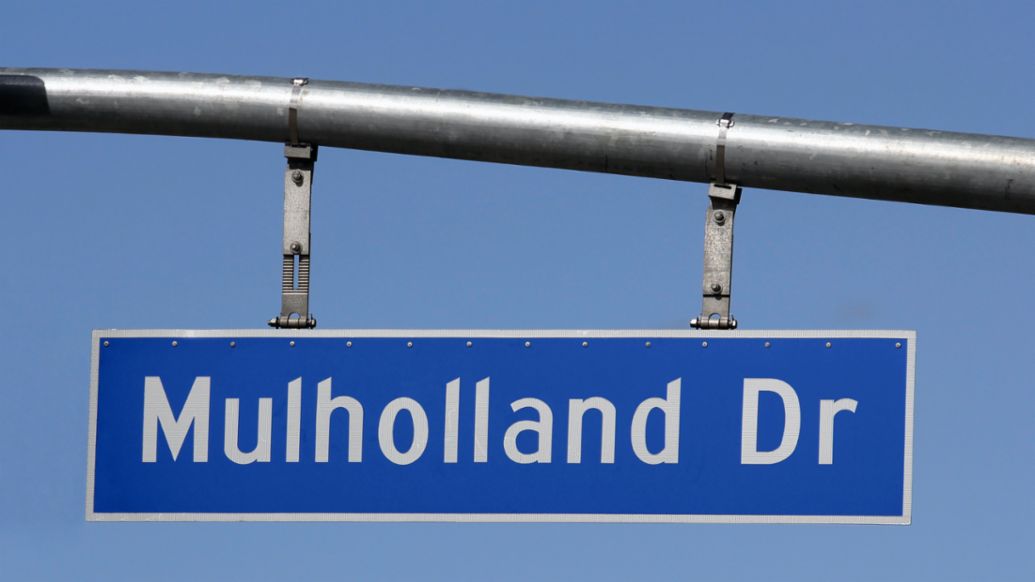
“It starts confined, with a lot of buildings and congestion,” says Zwart. “But then it opens up – a car can really flow here. High-speed sweepers and first-gear hairpins – there’s every combination of turns.” Master Mulholland, and one could master anywhere. Although, going by the several rusty old car wrecks littering the bottom of the canyons, many people didn’t.
History of Hollywood on Mulholland
Of course, it’s impossible to talk about Mulholland without mentioning the movies. Locals say the history of Hollywood can be felt on the route, and the eastern end actually leads directly to Universal Studios. Many of cinema’s stars have had homes on Mulholland – Jack Nicholson, Marlon Brando, Bruce Willis, Demi Moore. It is a real-deal, A-list commuter route.
The road itself has appeared in countless films, and even had one named after it. Explaining why he chose Mulholland Drive as the setting for his film of the same name, director David Lynch said: “It’s a beautiful road … a mysterious road with many curves. It’s really dark at night and, unlike so many other spots in Los Angeles, it has remained pretty much the same over the years.”
Fantastic views from the Mulholland Drive
Then, of course, there are the views: some of the very best LA overlooks, themselves the scenes of several movie moments. Visitors can see the Hollywood Sign, Downtown Los Angeles, Burbank, and the San Fernando Valley. It is even possible to see Harry Potter’s Hogwarts Castle from Mulholland, way down below in Universal Studios. That is, when the sun burns through the soupy fog that often clings to these hills as it does today.
Over its full 80 km, the road is comprised of Mulholland Drive to the east and Mulholland Highway to the west. In the middle it’s interrupted by a 13-km unpaved section running along the northern ridge of the ‘Big Wild’ conservation area. Known to locals as Dirt Mulholland, the gravel stretch – which leads to an old Cold War missile control site – was eventually closed to traffic after landslides caused by El Niño rainstorms in the 1990s.
Today, however, special permission has been granted to drive a short section of fire road under the all-electric power of a Taycan 4S Cross Turismo. And who better to have behind the wheel than Zwart, whose off-road racing experience includes Pikes Peak hill climb (where he’s won his class no fewer than eight times, and landed three division records), the Baja 1000 and the punishing TransSyberia Rally. It’s fair to say he knows a thing or two about driving on the loose.
Taycan Cross Turismo’s special Gravel mode
Approaching the end of the asphalt before rolling onto the dirt, Zwart selects the Cross Turismo’s special Gravel mode, which raises the car’s ride height to help make light work of the rough road ahead. “Driving an electric car on gravel is like a dream come true – there’s such instant power,” he says, as he artfully guides the four-wheel drive Taycan around a tight bend, kicking up a little dust. “The capability of the car, and the trust you can put in it is really fun to explore.”
To the west of the gravel section, Mulholland Drive officially becomes Mulholland Highway. From here the road runs along the backbone of the Santa Monica mountains, before meandering down to Malibu. “Within a city as populous as LA, to have almost 80 kilometres of winding road, that’s a pretty cool thing,” says Jeff. “And it literally stops at the Pacific Ocean. The road just ends there – it’s your final destination.”
In the old days, the noise of the breaking surf would be mixed with the tick-tick-plink of cooling engines and exhausts. Today, the electric Taycan glides to a stop and silently powers down, the sea the only sound.
